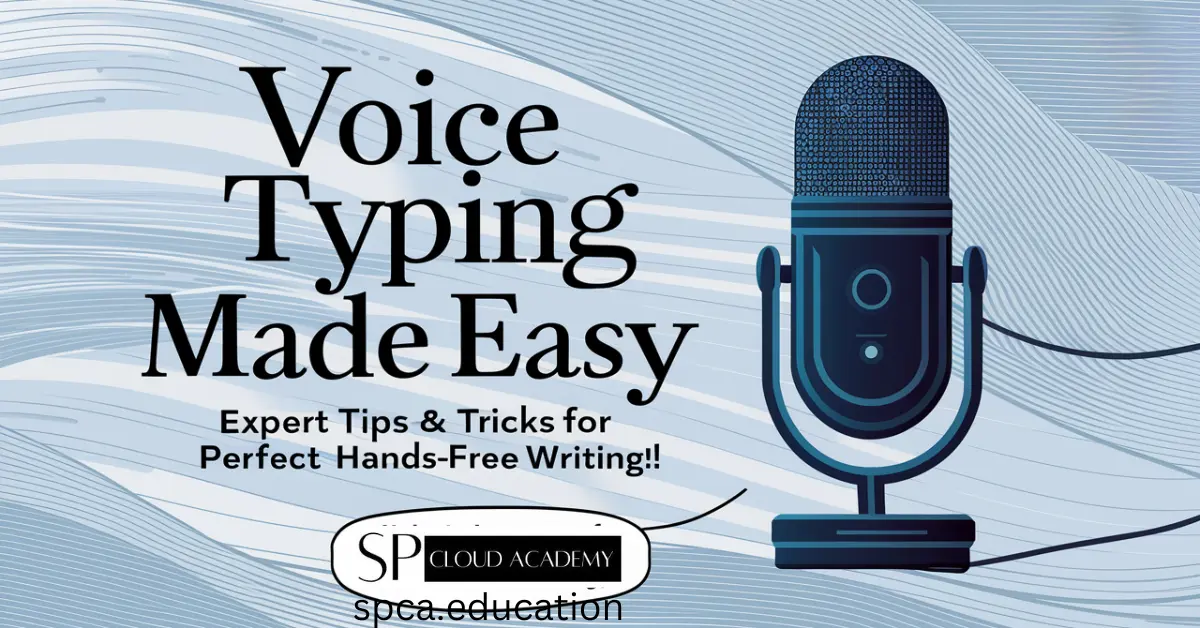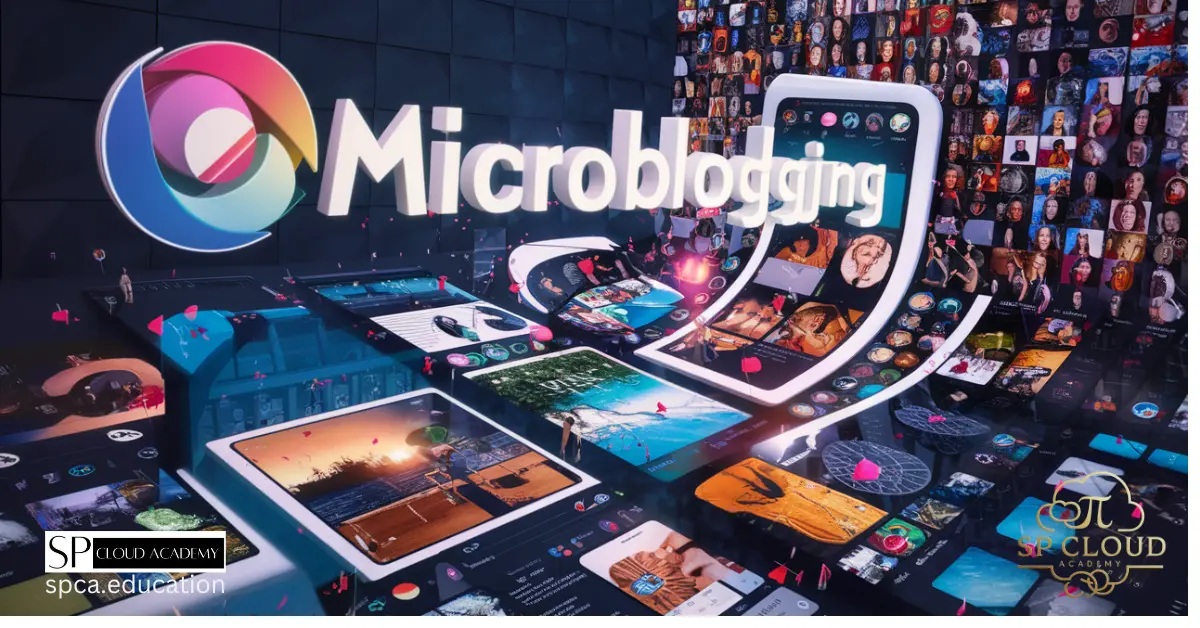Microblogging has emerged as a vital tool in today’s digital communication landscape. Unlike traditional blogging, where posts can run into thousands of words, microblogging emphasizes short, punchy updates. Platforms like Twitter and Instagram thrive on this form of concise communication, allowing users to convey their thoughts with minimal words but maximum impact.
The roots of microblogging can be traced back to the early days of social media, with platforms like Tumblr leading the charge. Over the years, microblogging has evolved, becoming not just a casual sharing tool but also a medium for serious conversations, brand messaging, and real-time updates. Its importance has only grown in a world where attention spans are shrinking, making it essential for individuals and businesses alike to master this art.
The Fundamentals of Microblogging
At its core, microblogging focuses on delivering information in easily digestible snippets. Some of the top microblogging platforms include:
- Twitter/X – Known for short posts of 280 characters or less.
- Instagram – Uses captions and stories to microblog visually.
- Threads by Meta – A fresh take on concise social sharing.
Unlike traditional blogs, which often delve deep into topics, microblogs rely on brevity to capture attention. The ideal microblog post ranges between 140 to 280 characters, although platforms like Instagram provide more flexibility through longer captions.
Why Microblogging is Relevant Today
The modern era is marked by what is called the “attention economy,” where users’ attention is a scarce resource. Microblogging fits perfectly into this framework by delivering quick, engaging content that caters to short attention spans.
With the rise of mobile usage, people prefer consuming information in smaller bites—whether it’s a tweet, meme, or short video. Furthermore, microblogging fosters instant engagement, allowing users to respond, comment, and share in real time.
Platforms for Microblogging Success
Each microblogging platform offers unique features and advantages:
- Twitter/X: Known for real-time updates, trending hashtags, and public conversations.
- Instagram: Offers the ability to tell stories visually through photos, captions, and Reels.
- Threads: A new microblogging platform from Meta, focused on threaded conversations.
- LinkedIn: Ideal for professionals to share short-form content on industry trends.
Crafting the Perfect Microblog Post
Creating an effective microblog post requires skill. Here are key elements to consider:
- Start with a Hook: The first few words should grab attention instantly.
- Keep it Concise: Focus on one main idea per post.
- Use Hashtags and Emojis: Enhance visibility and express emotion without words.
Visuals and Multimedia in Microblogging
A picture is worth a thousand words—and this is especially true in microblogging. Visuals like memes, GIFs, and infographics significantly boost engagement. Short videos, such as Instagram Reels or Twitter clips, also have a powerful impact, enabling users to convey messages within seconds.
Strategies for Growing a Microblogging Audience
Consistency is key in building a loyal audience. Here are some strategies:
- Post Regularly: Create a schedule to keep followers engaged.
- Leverage Hashtags: Participate in trending conversations to increase reach.
- Collaborate with Influencers: Cross-promotions can introduce your microblog to new audiences.
SEO for Microblogging Posts
SEO principles also apply to microblogging. Effective keyword placement within short posts can improve discoverability on both platforms and search engines. Hashtags play a dual role by acting as both keywords and engagement tools.
Microblogging for Personal Branding
Microblogging is a powerful way to establish and showcase a personal brand. Sharing expertise, thoughts, and opinions in bite-sized updates helps create a unique voice. At the same time, handling feedback—positive or negative—gracefully strengthens one’s online persona.
Microblogging for Business and Marketing
Brands use microblogging to connect with audiences in real time. Whether it’s promoting a product launch, offering customer support, or running contests, microblogging provides a direct and personal way to engage with customers. Additionally, businesses can generate leads by sharing valuable content that resonates with their followers.
Challenges of Microblogging
While microblogging offers numerous advantages, it comes with challenges:
- Risk of Misinformation: Short posts can sometimes lack context.
- Managing Online Trolling: Public platforms can attract negative interactions.
- Staying Relevant: Trends change quickly, requiring constant adaptation.
The Future of Microblogging
As technology evolves, microblogging will continue to grow, with AI playing a significant role in content creation and curation. While traditional blogs will remain relevant for in-depth analysis, microblogs will dominate real-time communication. The next wave of innovation will likely bring smarter algorithms and richer multimedia integration, reshaping how we share ideas.
By mastering the art of microblogging, individuals and brands can effectively navigate the complexities of modern communication, sharing big ideas in small spaces. Whether you are a casual user or a business owner, understanding the nuances of microblogging will be essential in the years to come.
Frequently Asked Questions (FAQs) on Microblogging Mastery
1. What is microblogging?
Microblogging is the practice of sharing short, concise posts on digital platforms, usually with a word or character limit. It focuses on delivering quick updates, thoughts, or content, often accompanied by multimedia like images, videos, or links.
2. How is microblogging different from traditional blogging?
Traditional blogs are long-form posts that provide in-depth insights on a topic, whereas microblogs offer brief, bite-sized information. Blogging typically requires more time and detail, while microblogging focuses on immediacy and brevity, often confined to character limits (e.g., 280 characters on Twitter).
3. What platforms are best for microblogging?
The most popular microblogging platforms include:
- Twitter/X – For real-time, text-based updates.
- Instagram – For visual content with short captions and stories.
- Threads by Meta – A new conversational microblogging platform.
- LinkedIn – Ideal for sharing bite-sized professional insights.
4. What are the advantages of microblogging?
- Quick engagement: Enables real-time interaction with followers.
- Brevity: Communicates ideas effectively with fewer words.
- Trend alignment: Allows participation in trending topics.
- Versatility: Supports multimedia content like photos, GIFs, and videos.
5. How often should I post on microblogging platforms?
Posting frequency depends on the platform and audience. For platforms like Twitter, multiple posts per day are recommended. On Instagram or LinkedIn, one post per day or a few per week is generally effective for maintaining engagement.
6. Can businesses use microblogging for marketing?
Yes, businesses can use microblogging to promote products, announce events, and engage with customers in real time. Microblogging is also a valuable tool for sharing updates, running contests, and gathering feedback from audiences.
7. How can I grow my audience through microblogging?
- Post consistently to stay visible.
- Use trending hashtags to reach a larger audience.
- Engage with followers by replying to comments and messages.
- Collaborate with influencers for broader reach.
8. What role do hashtags play in microblogging?
Hashtags act as keywords, helping users discover content related to specific topics. They enhance the visibility of posts and allow users to participate in trending conversations, increasing reach and engagement.
9. How can I handle negative feedback on microblogging platforms?
- Respond calmly and professionally to criticism.
- Acknowledge valid concerns and offer solutions where possible.
- Ignore trolls and avoid engaging in arguments.
- Use negative feedback constructively to improve future posts.
10. Is microblogging suitable for personal branding?
Absolutely. Microblogging helps individuals build a personal brand by sharing their expertise, opinions, and experiences in a concise manner. Consistent posting with a unique voice allows users to establish thought leadership and connect with like-minded individuals.
11. What are the main challenges of microblogging?
- Misinformation: Short posts can lack context, leading to miscommunication.
- Trolling: Public platforms can attract negative or harmful interactions.
- Trend fatigue: Constantly keeping up with new trends can be overwhelming.
12. How can I optimize microblogs for SEO?
- Incorporate relevant keywords in your posts and captions.
- Use popular hashtags related to your niche.
- Engage with trending topics to boost visibility.
- Optimize your bio and profile to align with your content strategy.
13. Will microblogging replace traditional blogging?
Microblogging and traditional blogging serve different purposes. While microblogs are great for quick updates and real-time interaction, blogs offer more depth and analysis. Both can coexist, complementing each other in a well-rounded content strategy.
14. What is the future of microblogging?
The future of microblogging will likely involve greater integration of AI tools for content creation and curation, smarter algorithms, and more immersive multimedia formats. Platforms will continue evolving to cater to users’ desire for instant, concise communication.
15. How can businesses measure the success of microblogging efforts?
Success can be measured through:
- Engagement metrics: Likes, comments, shares, and retweets.
- Follower growth: Increasing audience size over time.
- Click-through rates: How many users interact with links.
- Brand mentions and sentiment analysis: Tracking how your brand is perceived.
See Also
-

Is Your Work Truly Original? How Turnitin Detects Hidden Plagiarism
-

eSIM Revolution: Why SIM-Less Smartphones Are the Future of Mobile Tech
-

Voice Typing Made Easy: Expert Tips & Tricks for Perfect Hands-Free Writing
-

The Rise of Smart Enterprises: Inside the New Era of AI-Driven Business
-

Revolutionize the Way You Think with These Game-Changing Mind Mapping Tools
-

The Metaverse Revolution: How It’s Changing the Way We Work, Play, and Live
